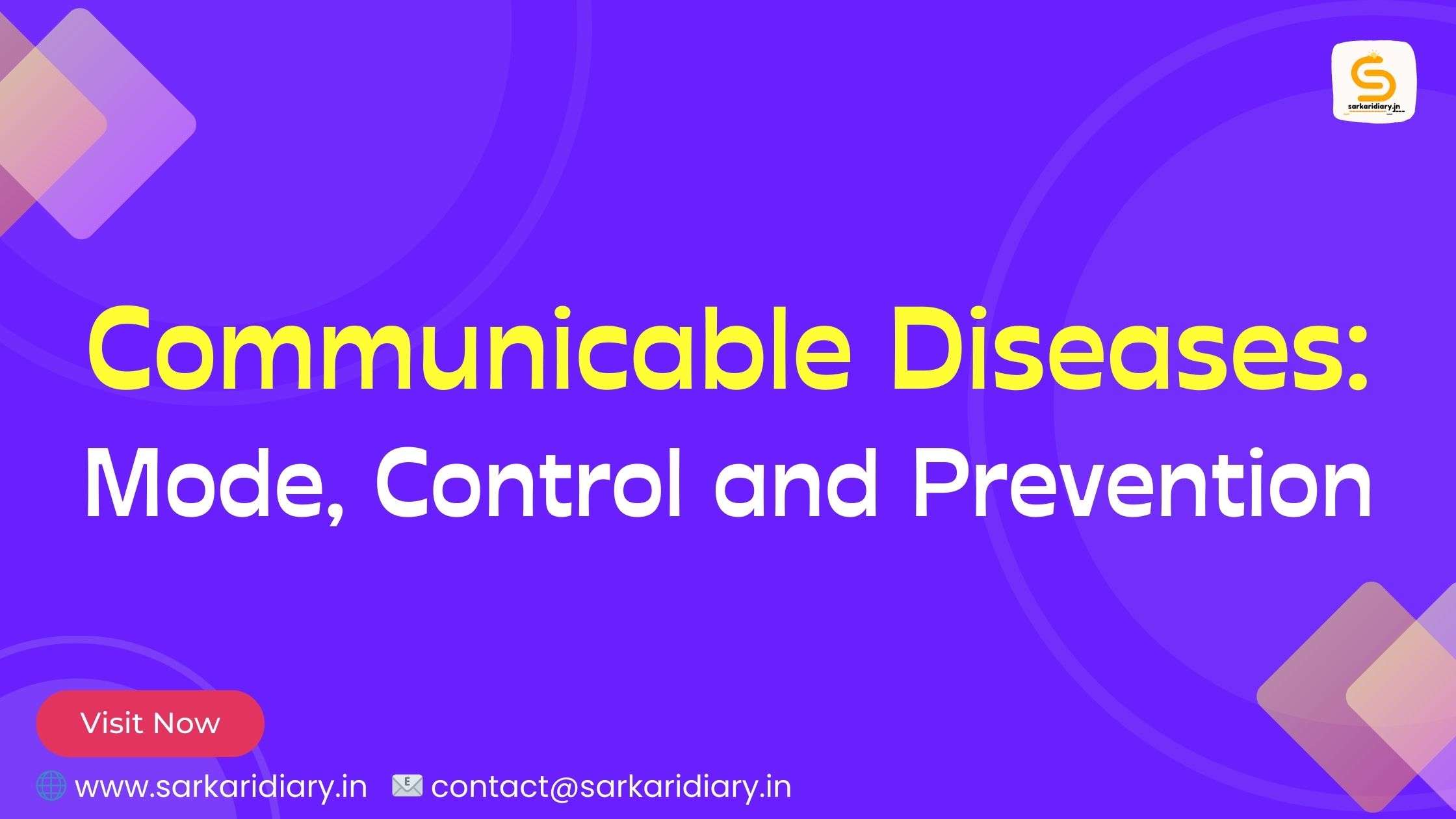Today we are going to dive into the intriguing world of communicable diseases. From understanding the modes of transmission to exploring effective control and prevention measures, this post aims to equip you with valuable knowledge that can help protect yourself and others from these illnesses. So, let’s get started!
Modes of Transmission
Communicable diseases, also known as infectious diseases, are caused by microorganisms such as bacteria, viruses, fungi, or parasites that can be transmitted from one person to another. It’s crucial to understand the various modes of transmission to effectively prevent their spread.
Direct Contact
Direct contact is one of the most common modes of transmission. This occurs when an infected person’s bodily fluids, such as saliva, blood, or respiratory droplets, come in direct contact with the mucous membranes or broken skin of a healthy individual. Think of situations like kissing, sexual contact, or sharing needles.
Indirect Contact
Indirect contact refers to situations where the pathogen is transmitted through contaminated objects or surfaces. For example, touching a doorknob or a mobile phone that an infected person has recently touched, without proper hand hygiene, can lead to the transmission of various germs. Regular handwashing and cleaning surfaces can significantly reduce the risk of getting infected.
Droplet Transmission
Droplet transmission occurs when the respiratory droplets produced by an infected individual during actions like coughing, sneezing, or talking enter the respiratory system of another person. These droplets generally travel short distances, typically within 3 to 6 feet. Wearing masks and maintaining physical distance can effectively minimize the risk of droplet transmission.
Vector-Borne Diseases
Vector-borne diseases are transmitted through the bite of vectors like mosquitos, ticks, or fleas. Malaria, dengue fever, Lyme disease are examples of diseases spread by vectors. It’s essential to take preventive measures such as using insect repellents, wearing protective clothing, and eliminating breeding grounds for these vectors.
Disease Control and Prevention
Controlling and preventing the spread of communicable diseases plays a vital role in protecting public health. Let’s explore some effective strategies that can help us minimize the risk.
Vaccination
Vaccination is a powerful tool in disease prevention. It stimulates the immune system to produce antibodies against certain diseases, making individuals immune or less susceptible to infection. Routine childhood immunizations, such as those for measles, mumps, rubella, and polio, have significantly reduced the burden of communicable diseases worldwide.
Personal Hygiene
Maintaining good personal hygiene practices is essential in preventing the spread of infectious diseases. Simple acts like regular handwashing with soap and water, covering your mouth and nose while coughing or sneezing with a tissue or elbow, and properly disposing of used tissues can go a long way in reducing the transmission of pathogens.
Safe Food Practices
Foodborne diseases are a significant public health concern. To prevent bacterial contamination and food poisoning, it’s important to follow safe food handling practices. Thoroughly washing fruits and vegetables, cooking food at appropriate temperatures, and avoiding cross-contamination between raw and cooked foods are vital steps in ensuring food safety.
Environmental Sanitation
Maintaining a clean and hygienic environment is crucial in disease control. Proper disposal of waste, especially medical waste, and regular cleaning and sanitization of shared spaces are vital in preventing the transmission of microorganisms. Ensuring access to clean water and adequate sanitation facilities also plays a significant role in preventing the spread of waterborne diseases.
Education and Awareness
Creating awareness and educating the public about communicable diseases are essential in prevention efforts. Understanding the modes of transmission, recognizing symptoms, and knowing when to seek medical help can empower individuals to take necessary precautions. Social media campaigns, community health programs, and school-based initiatives can be effective tools in spreading awareness.
Conclusion
Communicable diseases can have a significant impact on individuals, families, and communities. Understanding the modes of transmission and implementing effective control and prevention measures are key in reducing their spread. By practicing good personal hygiene, getting vaccinated, and following safe practices, we can protect ourselves and those around us. Remember, knowledge is power, and equipping ourselves with information about communicable diseases is a critical step in safeguarding public health.
Stay safe, stay healthy!
